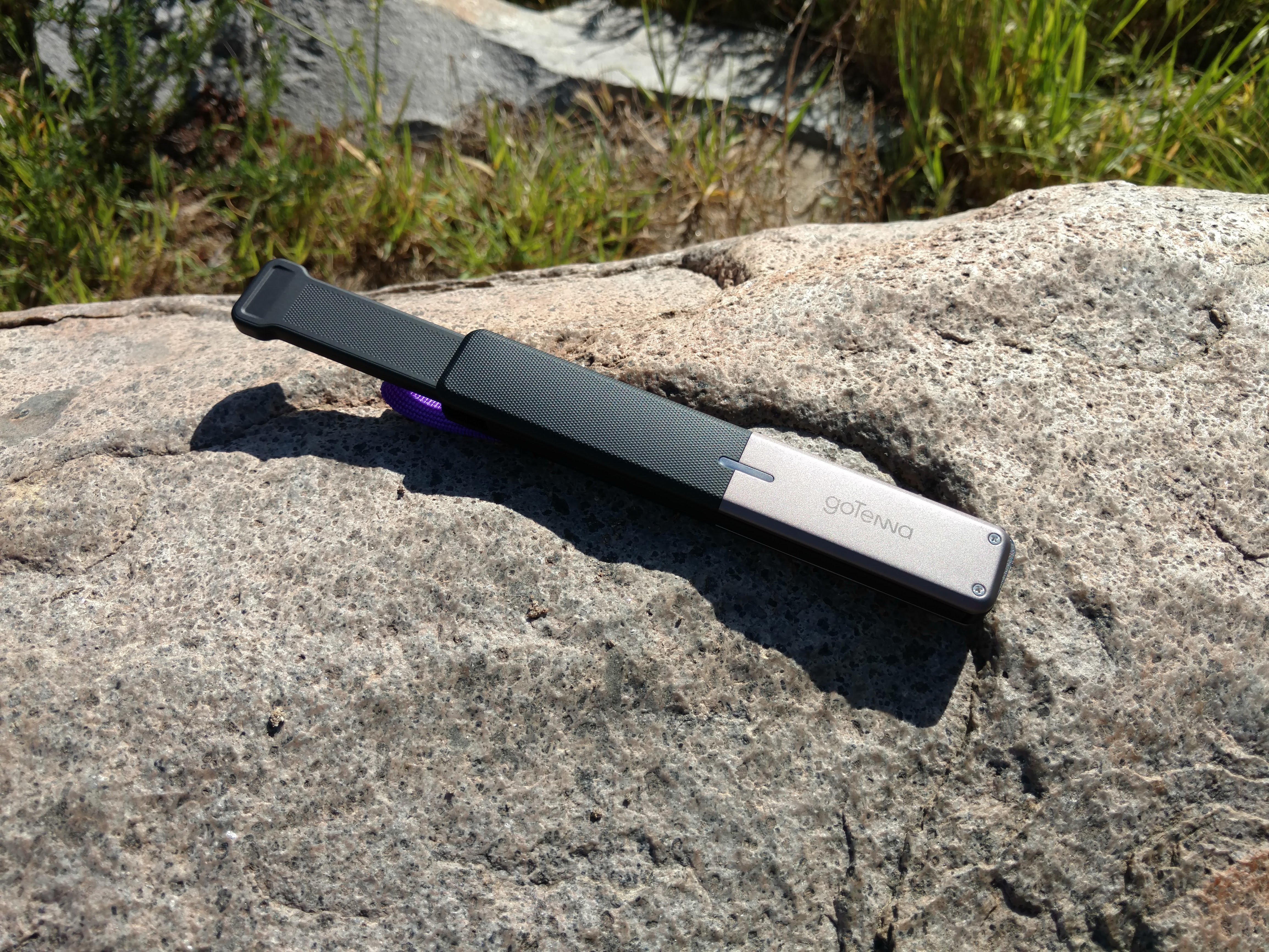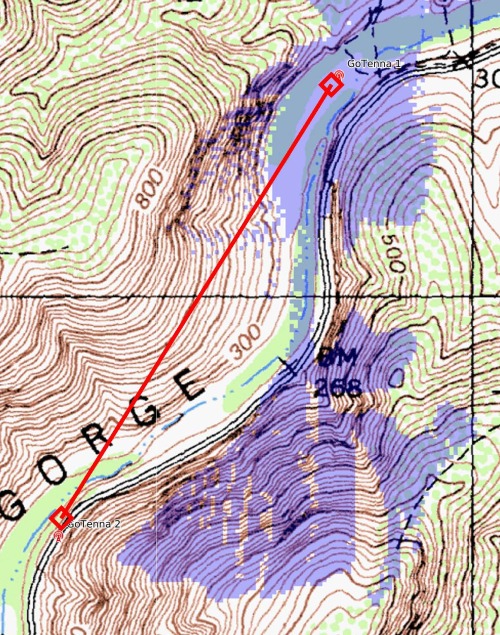Is GoTenna Ready for SAR?
 Wednesday, March 2, 2016 at 14:38
Wednesday, March 2, 2016 at 14:38  Jeff Lehman
Jeff Lehman  After many months of waiting, I was finally able to get my hands on a pair of GoTenna devices to field test. These devices are VHF radio transceivers that pair via Bluetooth that enable two phones to pass text messages without requiring any cell service. The required phone app allows for text messages, pinging connectivity between devices, and the swapping of location using the phone's onboard GPS to fix position. There are also downloadable base maps to display position data.
After many months of waiting, I was finally able to get my hands on a pair of GoTenna devices to field test. These devices are VHF radio transceivers that pair via Bluetooth that enable two phones to pass text messages without requiring any cell service. The required phone app allows for text messages, pinging connectivity between devices, and the swapping of location using the phone's onboard GPS to fix position. There are also downloadable base maps to display position data.
The pairing process was quick and easy with the Android phones used in the test, and the software and hardware performed without any difficulty. The interface is similar to most of the available messaging apps. Although, only text can be sent, so there is no photo sharing or other file sending available.
While testing one person attached the device to his pack according to the suggestion of the manufacturer, and the other person placed it in his pocket and started off on his mountain bike. We communicated via 5 W VHF radios with rubber duck antennas to compare the coverage. Obviously, as long as the GoTenna was in the bike rider's pocket, the connection was severly compromised. Periodically the rider would stop, remove the device, and attempt to communicate. This was done until we could no longer maintain a reliable connection.  As expected, the most reliable communication came with optimized antenna location. If both ends of the communication held their devices high, and vertically polarized, the likelihood of a reliable connection increased.
As expected, the most reliable communication came with optimized antenna location. If both ends of the communication held their devices high, and vertically polarized, the likelihood of a reliable connection increased.
In the environment tested (shown on the map to the right) the furthest that we could maintain a connection was approximately 0.6 mi. This was challenging RF terrain, however. The blue shading on the map is a line of site layer, so we were able to maintain some modicum of communication outside of this region. By comparison, the 5W VHF radio allowed reliable communication greater than 1 mile in this same terrain.
We were operating in the MURS band with the voice radios. A bit of testing shows that the GoTenna may be operating on MURS channel 1 (151.82 MHz), so we avoided this channel, and used MURS channel 5 (154.60). We noticed that if you were transmitting with the 5W radio on channel 5, it would interfere with the GoTenna messages. This may be something to consider since much of our SAR work is in the neighborhood of this portion of the spectrum.
Given the additional overhead of having to pair a smartphone to the device, and the limited range, the GoTenna doesn't seem to provide any significant communications advantage over, or in addition to, the typical portable radio. Still, this is the first generation of such a device, and for those of us who are attracted to all things RF, it is most intriguing.
 Communication,
Communication,  GoTenna,
GoTenna,  radio in
radio in  News
News 

